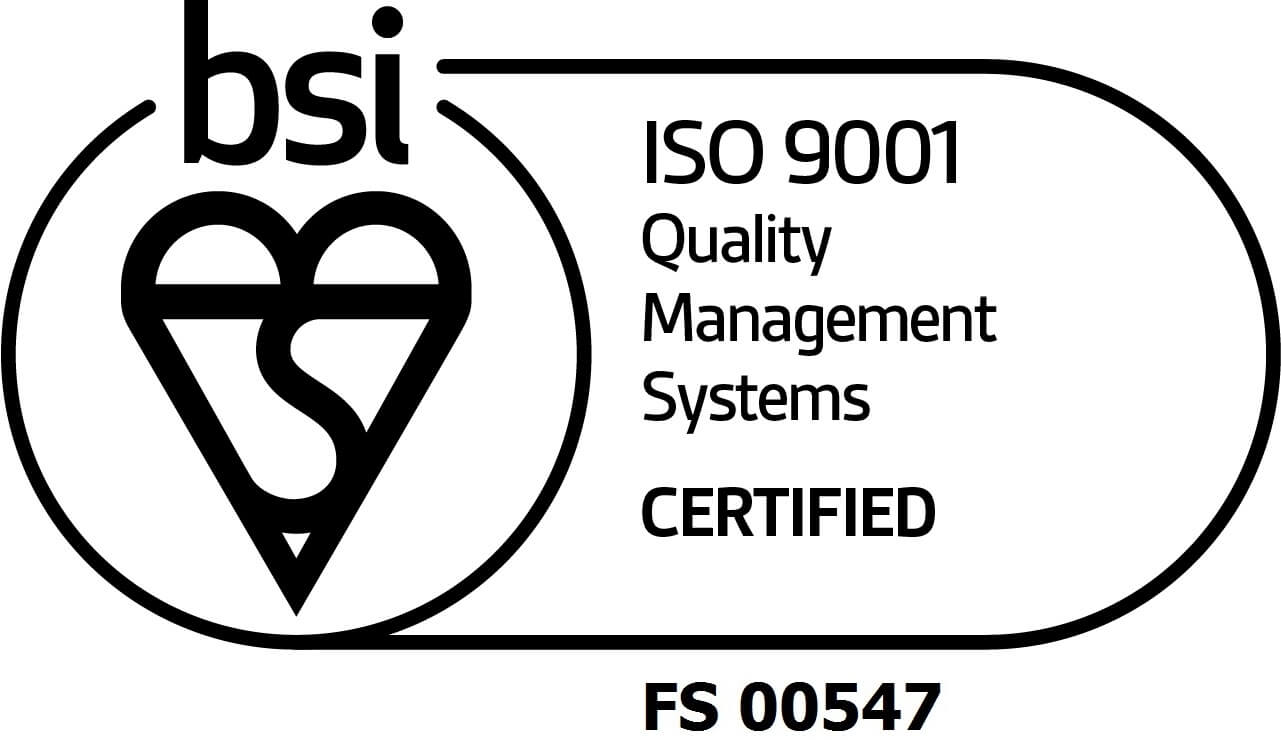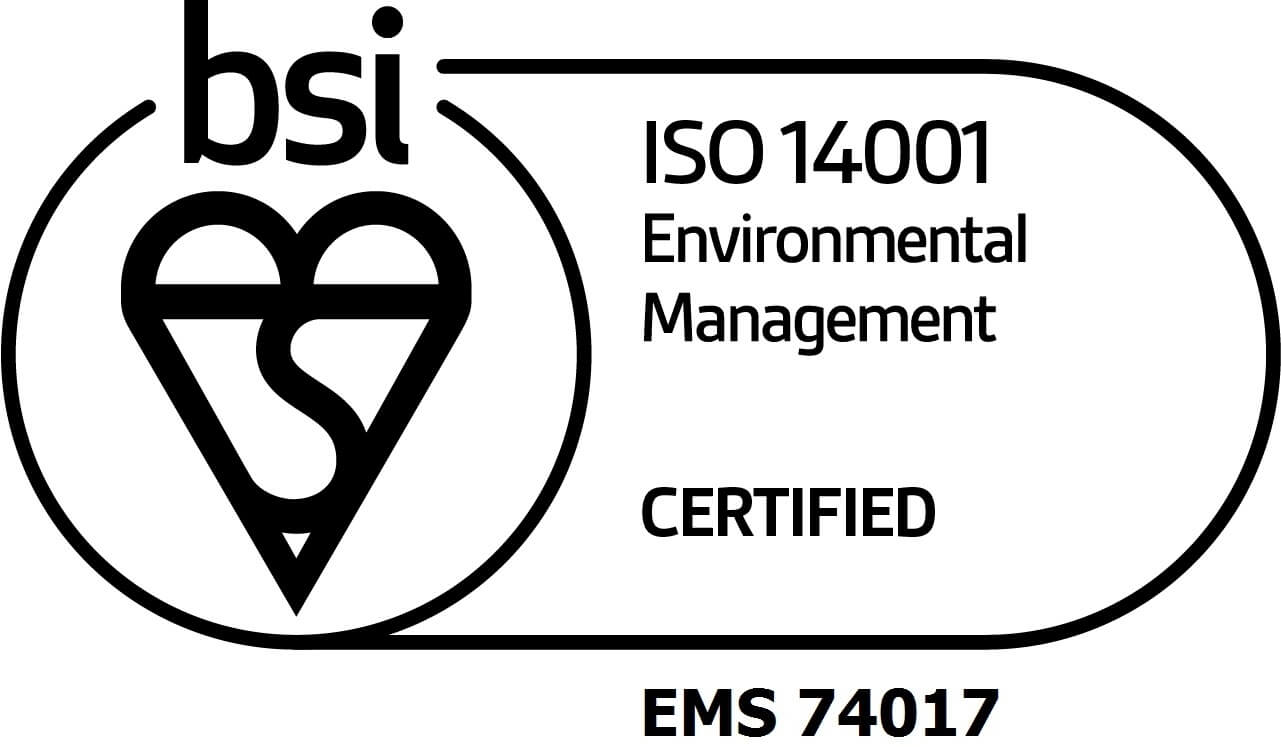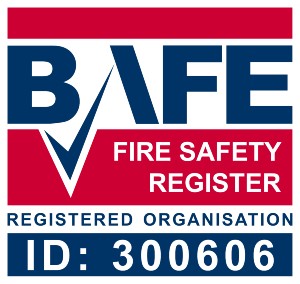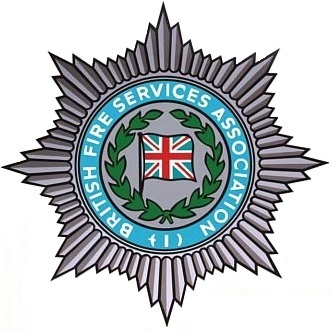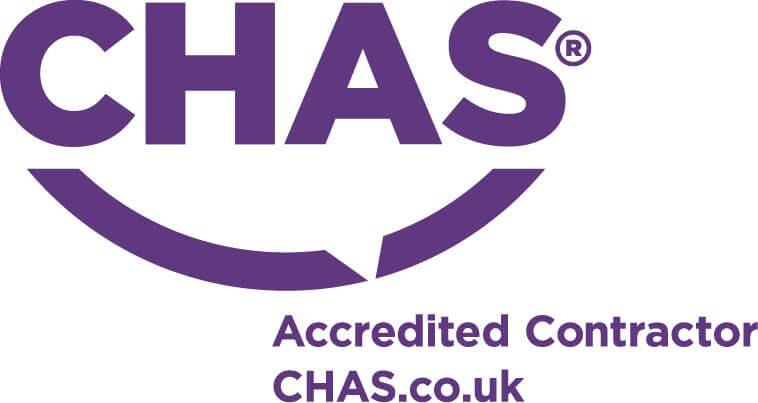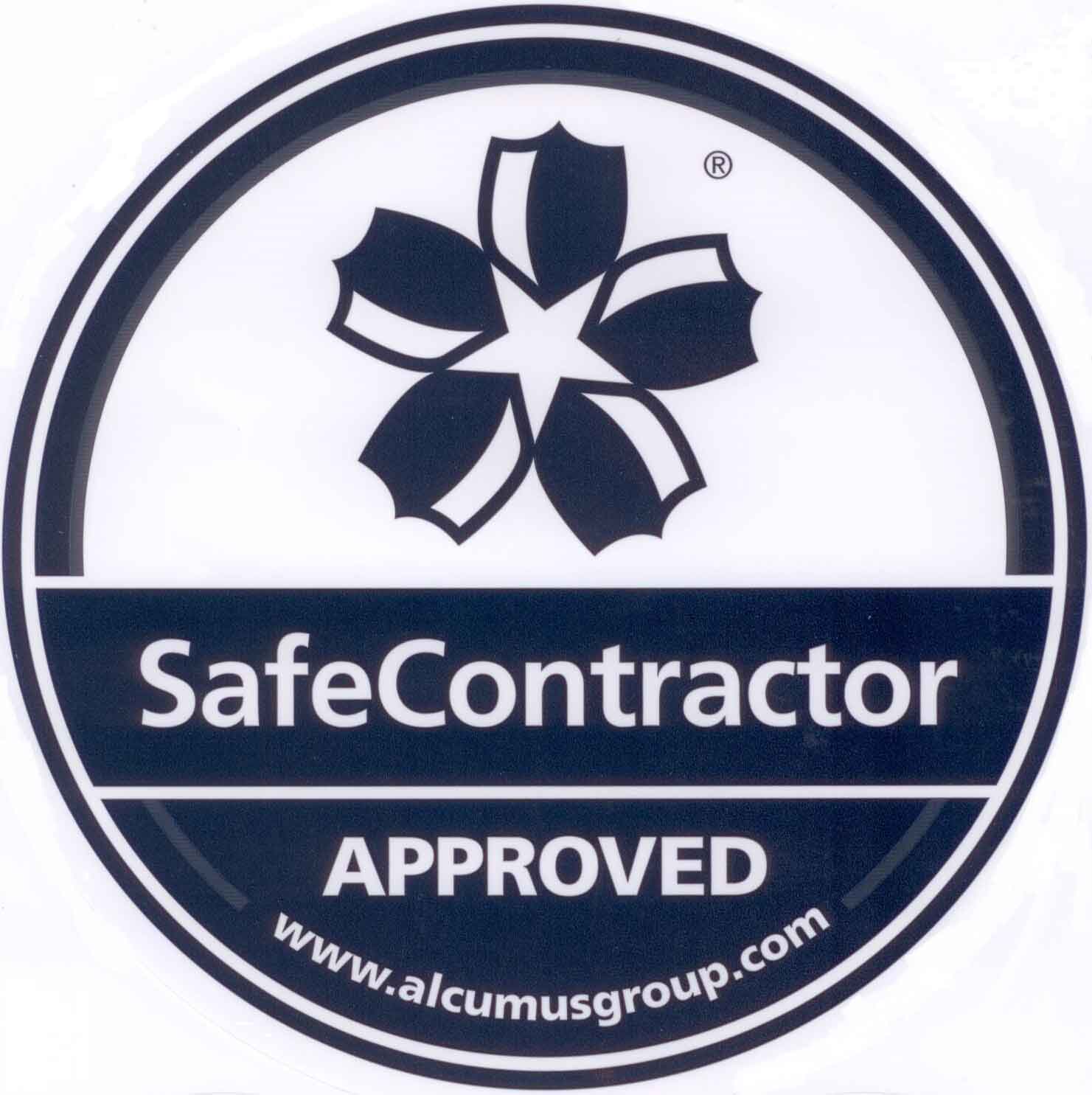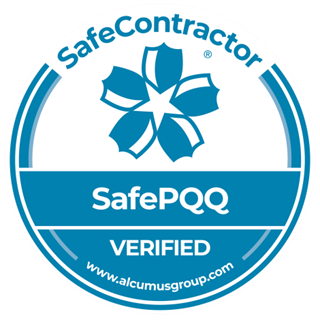Does Your Business Have An Effective Emergency Evacuation Plan?
Ensuring the safety and well-being of your employees and customers should be a top priority and a crucial aspect of this is having an effective emergency evacuation plan in place. The importance of having an emergency evacuation plan for your business cannot be overestimated.
You never know when an emergency situation will arise, and it’s for this reason it’s important you have an emergency evacuation plan and that everyone who comes into contact with your organisation, from your employees, to visitors, to contractors, are aware of the procedures.
In this blog, we delve into the importance of having a solid emergency evacuation plan for your business. We’ll also look at the key elements to include in your plan, along with how to communicate it effectively to your employees.
What is an emergency evacuation plan and why are they important?
A workplace emergency evacuation plan is a vital component of any business’s fire safety protocols. It outlines the procedures to follow in the event of an emergency that requires immediate evacuation of the premises. The plan typically includes details on evacuation routes, assembly points, emergency contacts, and responsibilities for different team members.
Having a well-thought-out evacuation plan ensures that all employees and visitors know what to do in case of an emergency. This not only helps to prevent injuries but also minimises confusion and panic during a crisis situation. It also demonstrates your commitment to the safety and security of your workforce, which builds trust with your employees.
Key elements to include in your emergency evacuation plan
When creating your workplace emergency evacuation plan, there are a few key elements you should include to ensure a smooth and efficient evacuation in case of a fire including:
Recognising potential disasters
Identifying possible risks and hazards specific to your building can better prepare you and your employees for emergencies and ensure the safety of yourself and others. You can do this by conducting a thorough fire risk assessment which will help you consider all possible scenarios that could pose a fire risk and implement fire safety measures to minimise those risks.
If those in your building are adept at spotting hazardous situations, then the efficiency of your emergency evacuation is likely to increase. It may also be avoided altogether as the situation can be spotted and eliminated before it develops. This presents a good opportunity to survey your employees to find out their knowledge of fire risks in your workplace, allowing you to determine whether they may need extra fire safety training.
Assign responsibility
It’s important that every individual in your business knows what their responsibilities are if an emergency situation arises. You should have designated fire wardens who should assess fire risks, apply first aid where necessary, report any hazardous situations, and ensure that any emergency evacuation is efficient and safe. It’s also vital that your designated fire wardens receive accredited fire warden training to ensure they have the right skills and knowledge to deal with a fire effectively.
Your designated fire wardens should also conduct a fire drill within your business at least once a year. Doing this ensures each individual knows the correct procedure for an emergency situation. Anything that is not up to standard in the fire drill must be improved to ensure maximum safety and efficiency in the event of a real fire.
Ensure ease of escape
Any designated escape routes must not be obstructed at any time. They must be quick and simple to navigate for every individual in your building, including those with disabilities. Having a clear, unobstructed escape route could be the difference between life and death.
You should start by mapping out the primary route, as well as alternative routes, to exit your property and clear the pathways from clutter and obstructions, making sure all doors and windows can be easily opened. You should also make sure that emergency exits are clearly marked and have adequate emergency lighting.
Identify your safe meeting point
Identifying your safe meeting point is a crucial element of your workplace emergency evacuation plan. This designated location should be easily accessible and known to all individuals in your building. Be sure to choose a spot that is outside of the building, but close enough for everyone to reach quickly and safely.
Once everyone has safely left the building in the event of an emergency, a head count should be taken by the fire warden. This is vital to keep track of who is safe and who has evacuated and avoids confusion of who is present and who is not.
Tips for communicating your emergency evacuation plan
Having an emergency evacuation plan in place is one thing, but communicating this plan to your employees is key to making sure it’s as effective as it can be. Here are some tips to ensure you convey your plan clearly:
- Use clear and simple language – make sure your instructions are easy to understand with straightforward language that everyone can follow.
- Utilise visual aids – visuals such as maps, diagrams, or videos as opposed to written instructions can help your employees better understand evacuation routes and procedures.
- Conduct regular training sessions – regular training sessions help employees familiarise themselves with your emergency evacuation plan, along with practising fire drills to reinforce procedures.
- Encourage feedback – allowing your employees to have their input on your plan can help you make any improvements to maximise the effectiveness in the event of a real emergency.
Speak to us for expert advice
Here at City Fire Protection, we’re one of the leading independent fire safety companies in the UK. We supply, install, maintain, and repair fire safety equipment of the highest standard, from fire alarms to dry risers, ensuring your business is fully prepared for an emergency situation. We also offer bespoke fire safety training courses that are specific to your business environment.
If you’d like more expert advice on your workplace emergency evacuation plan, don’t hesitate to get in touch with us. We’ve helped countless businesses across London, Birmingham, and across the UK implement effective emergency evacuation plans that prioritise the safety and well-being of all building occupants.
Emergency evacuation plans FAQs
Who is responsible for creating an emergency evacuation plan?
Typically, building owners, property managers, and employers are responsible for creating an emergency evacuation plan. Health and safety officers, fire wardens, or designated safety personnel also often assist in its development and maintenance.
How often should an evacuation plan be updated?
An emergency evacuation plan should be reviewed and updated annually or whenever there are significant changes to the building layout, occupancy, or operational procedures. It’s important to remember that any changes to emergency procedures should be communicated to all employees or occupants.
How can I prepare for an emergency evacuation?
Preparation for an emergency evacuation can include familiarising yourself with the building’s evacuation routes and exits, knowing the location of assembly points, and understanding your role in an emergency (if you are assigned one). You can also participate in evacuation drills and review the emergency plan documents.



